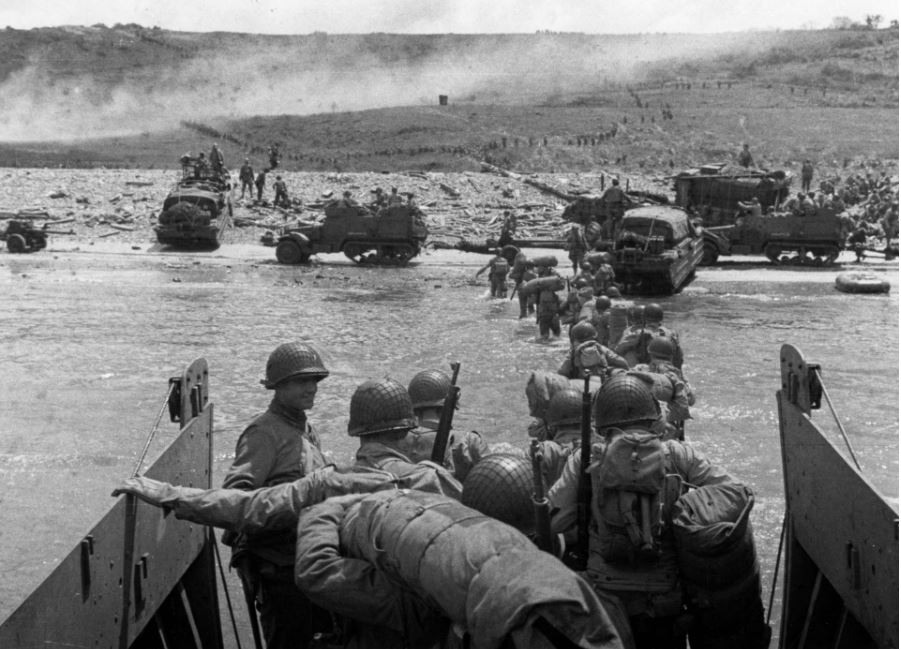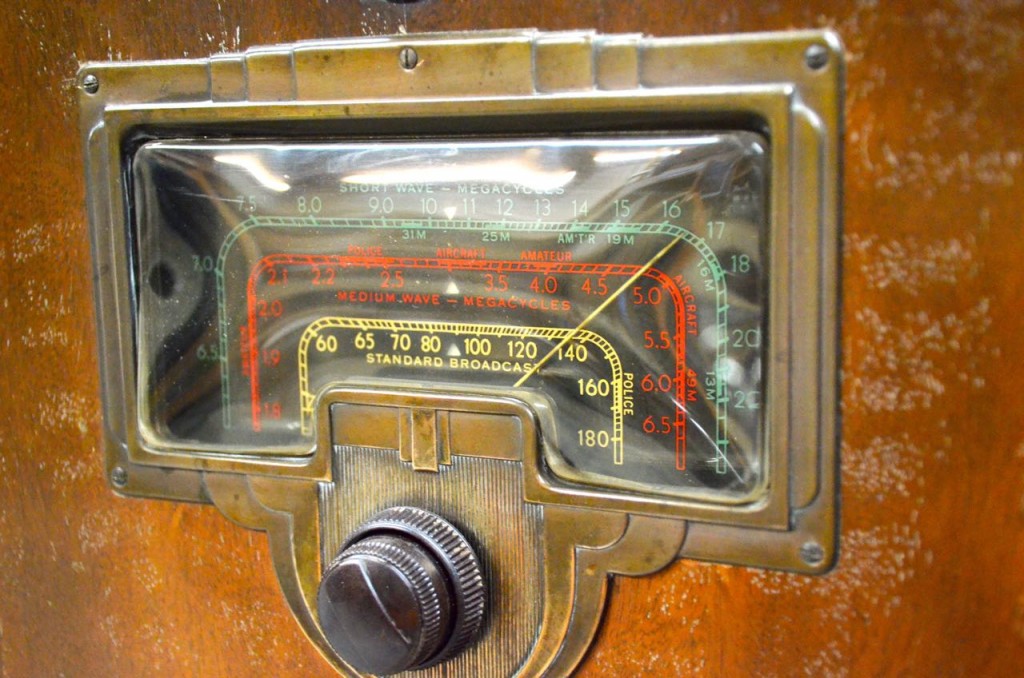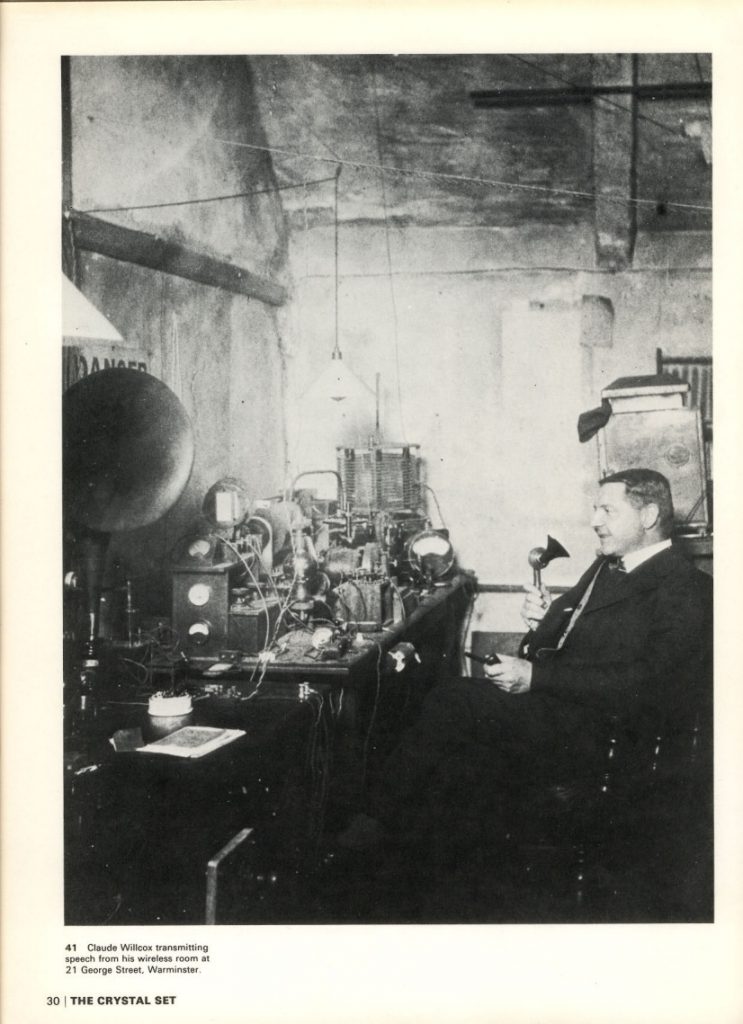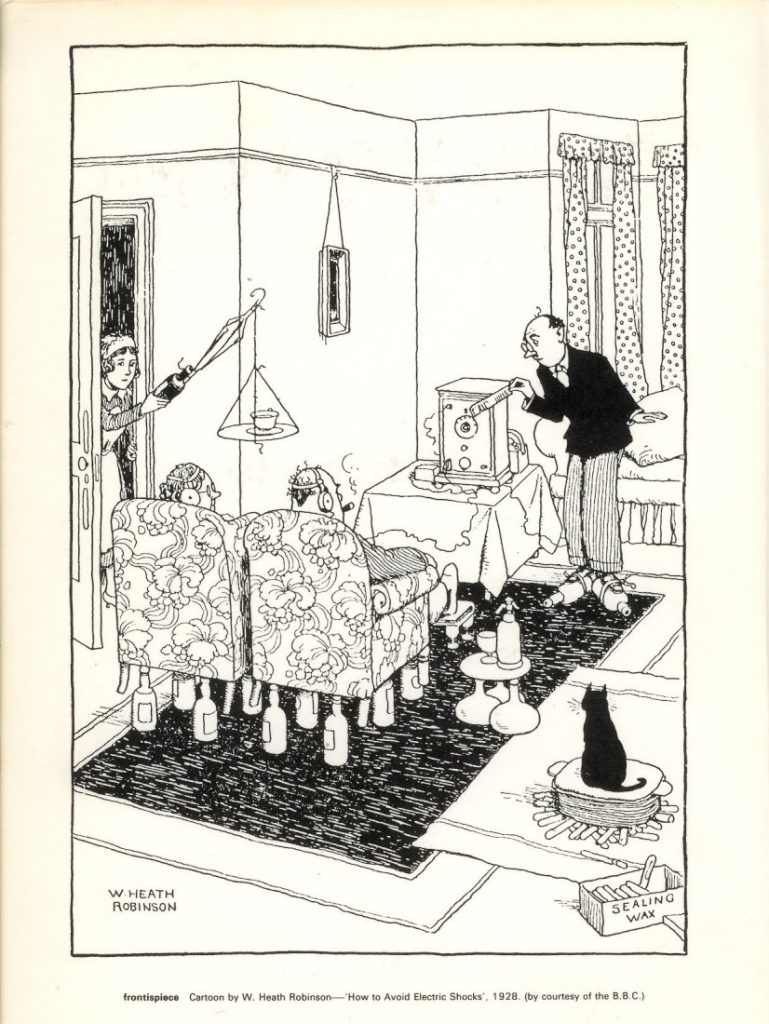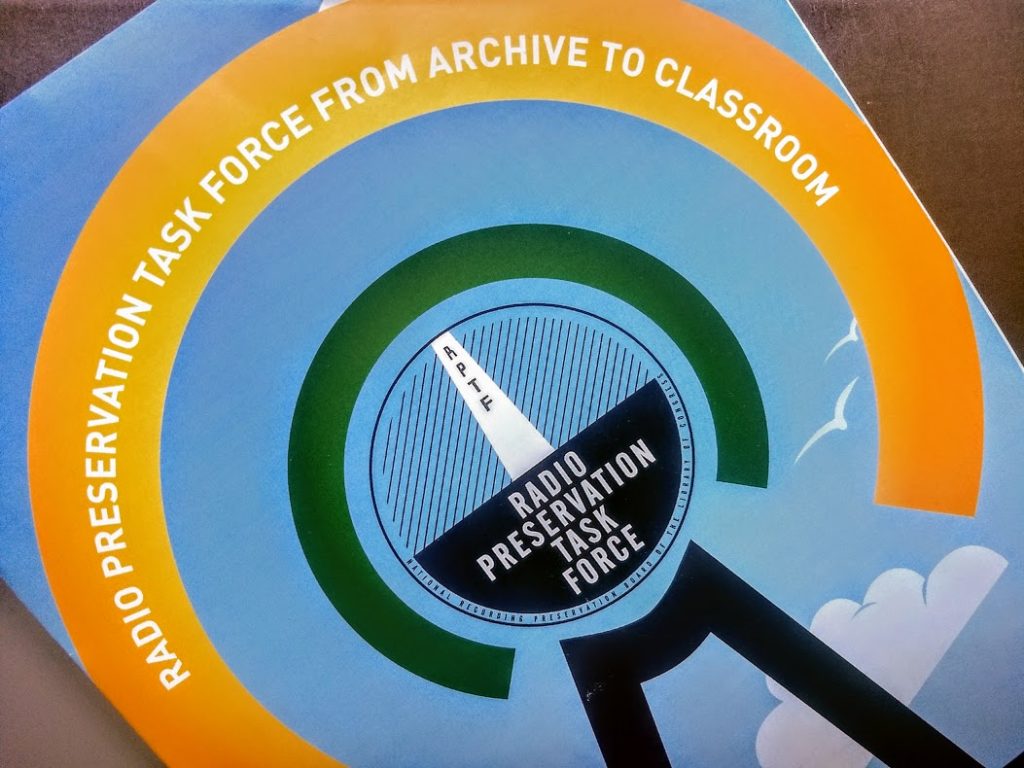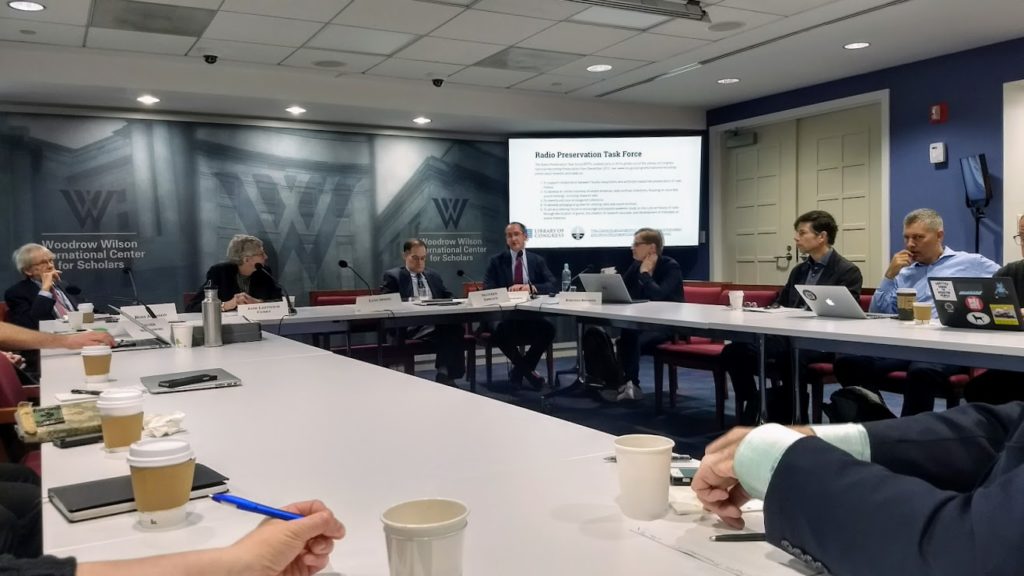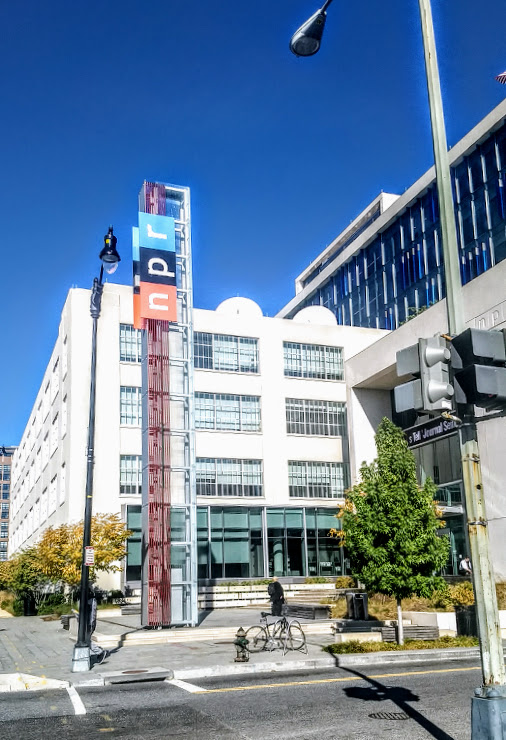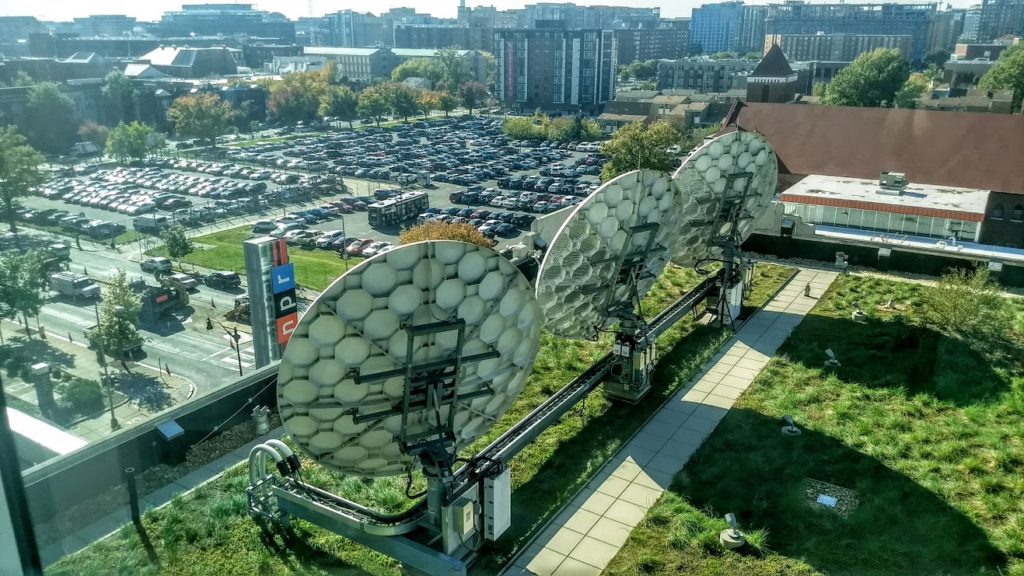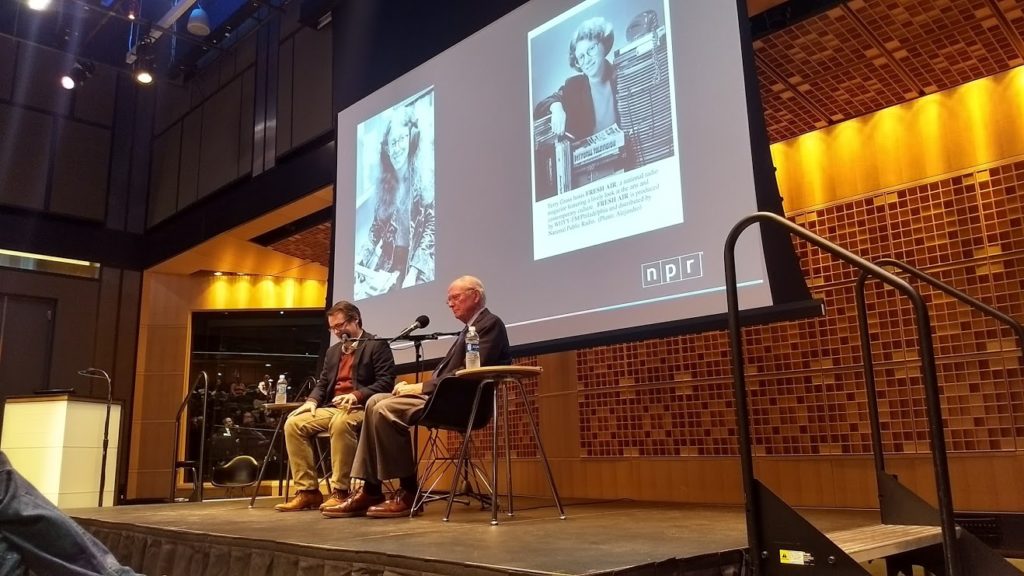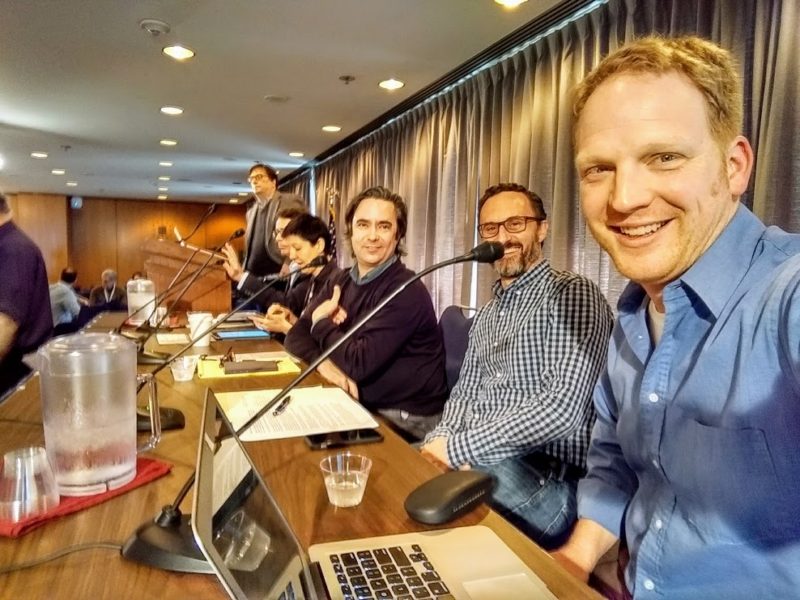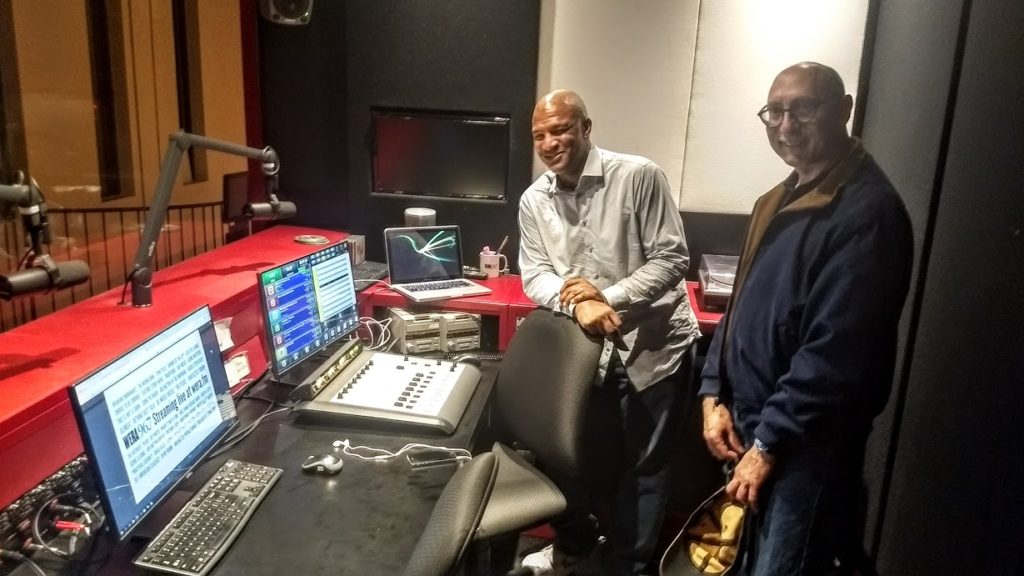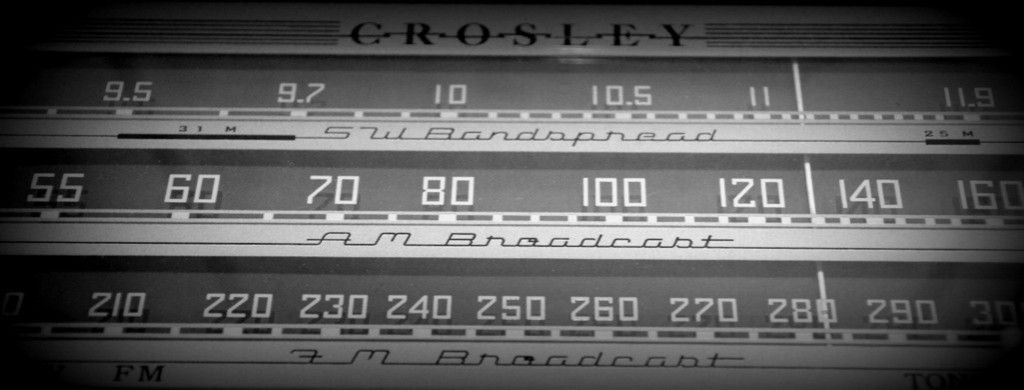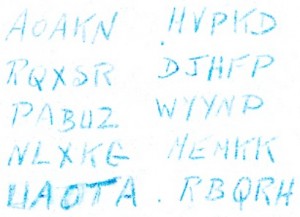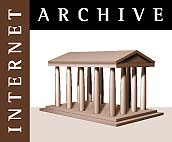Today, as many know, is the 75th anniversary of the World War II battle in Normandy, France, known to history as D-Day. “Operation Overlord,” as D-Day was code named, without doubt, was one of the key turning points of World War II.
But many may not know that D-Day was also one of the first events that brought continuous news coverage via radio on the home front.
As mentioned in this excellent article from MyNorthwest:
“In addition to what it meant as a great turning point in world history, D-Day is also unique in how it was broadcast by American radio networks, as CBS, NBC, and what would become ABC pooled their reporters, engineers and other resources, and cooperated closely with military officials to present, for the first time, what would now be called “wall-to-wall” coverage of a developing major international news event for American audiences.
It’s something we take for granted now in the age of the internet and cable news, but this kind of media coverage can be traced back to D-Day.”
But the widely-covered event was originally top secret. So secret, in fact, that news agencies in the US first learned about Operation Overlord via not Allied news, but Axis news sources. Thus the information was delivered with caution, since the source wasn’t the War Department of Allied Forces.
A little after 3:30 AM (Eastern War Time), the Supreme Headquarters of the Allied Expeditionary Force (SHAEF) in London produced Communiqué #1, a short statement read twice by Colonel R. Ernest Dupuy, confirming that Allied naval forces, with the support of the air forces, and under the command of General Eisenhower, began landing Allied armies that morning on the northern coast of France.
Here is the actual recording via the Miller Center at UVA:
Click here to listen via Soundcloud.
Fortunately, live recordings from NBC and CBS studios have been well-preserved, and are freely available for online listening.
Below, I’ll embed links to the full recording sets; you can listen to the news just as it rolled in.
NBC coverage
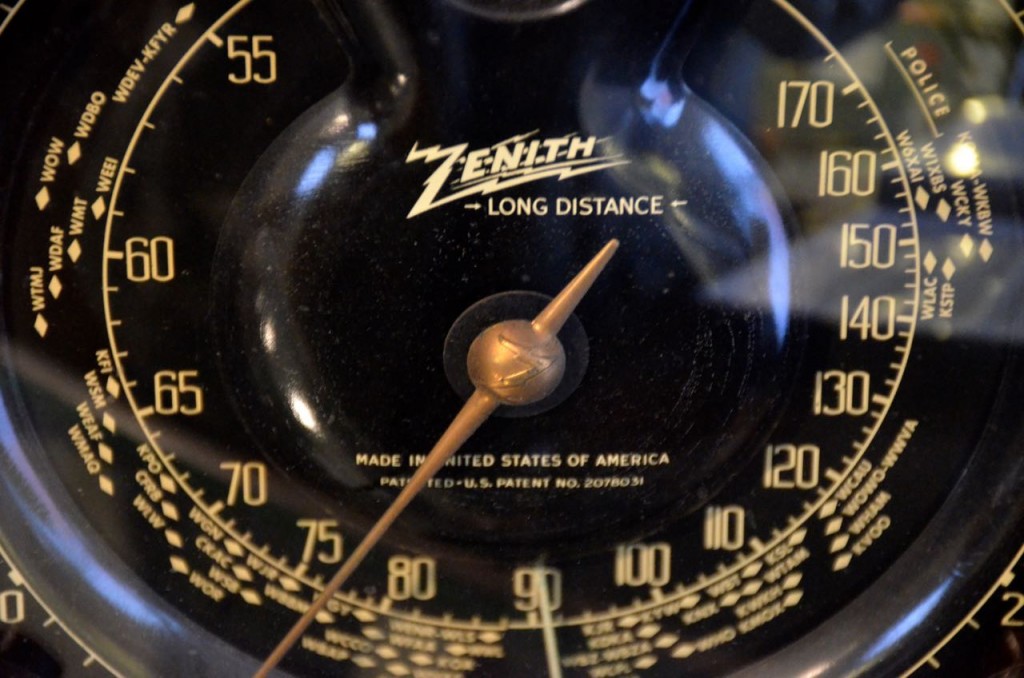 The first confirmed report begins at 9:07 in the following recording:
The first confirmed report begins at 9:07 in the following recording:
Click here to download the MP3.
Click here to listen to a full broadcast set starting at 0250 Eastern War Time. I’ve also embedded an Internet Archive player below that will play the full recording playlist in chronological order:
CBS coverage
CBS’ confirmed report of D-Day begins at 49:25 in the following recording:
Click here to download the MP3.
Click here to listen to a full CBS broadcast set. I’ve also embedded an Internet Archive player below that will play the full recording playlist in chronological order:
For a blow-by-blow account of how news was presented on D-Day, I encourage you to check out this page at the Miller Center at UVA.

